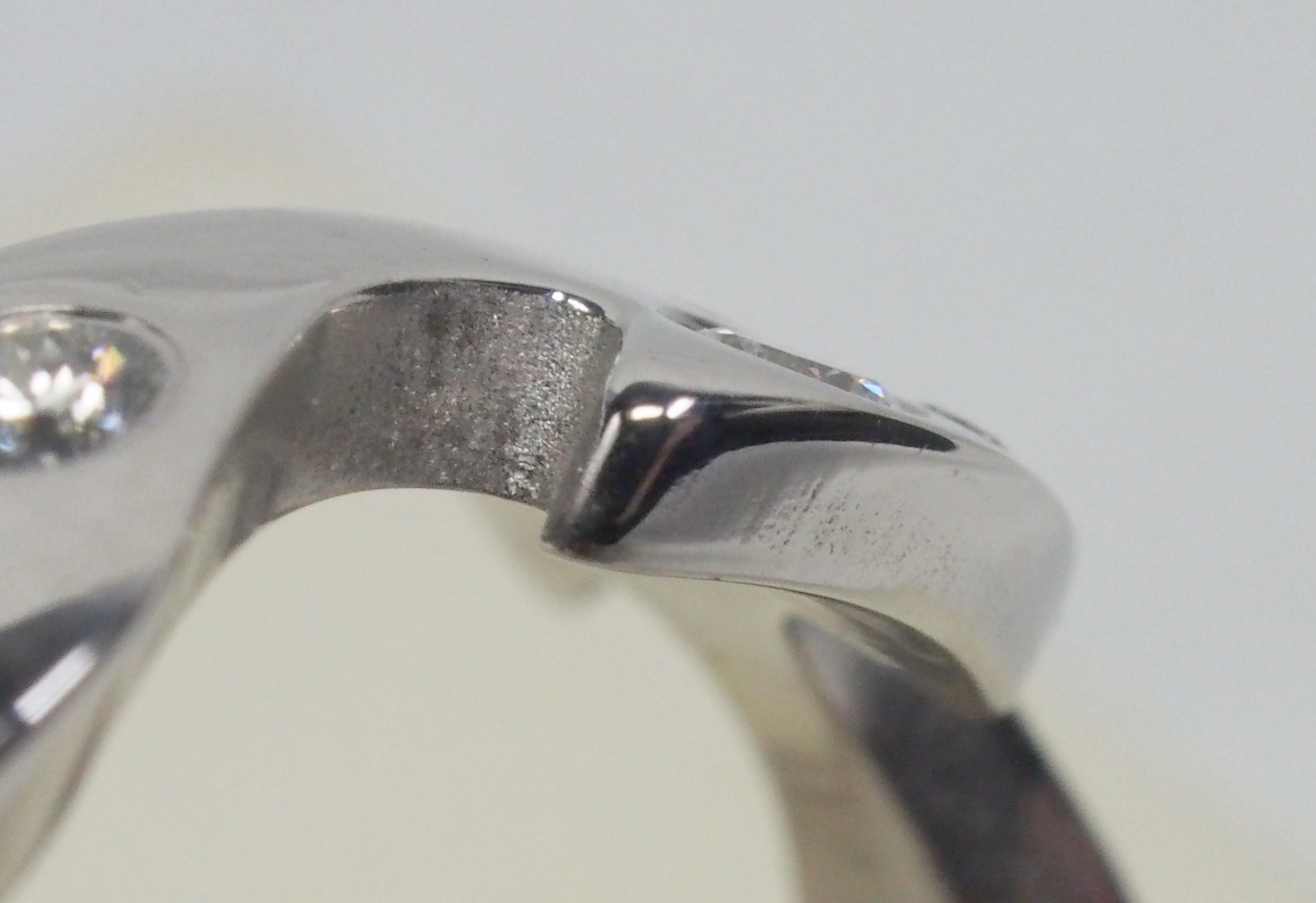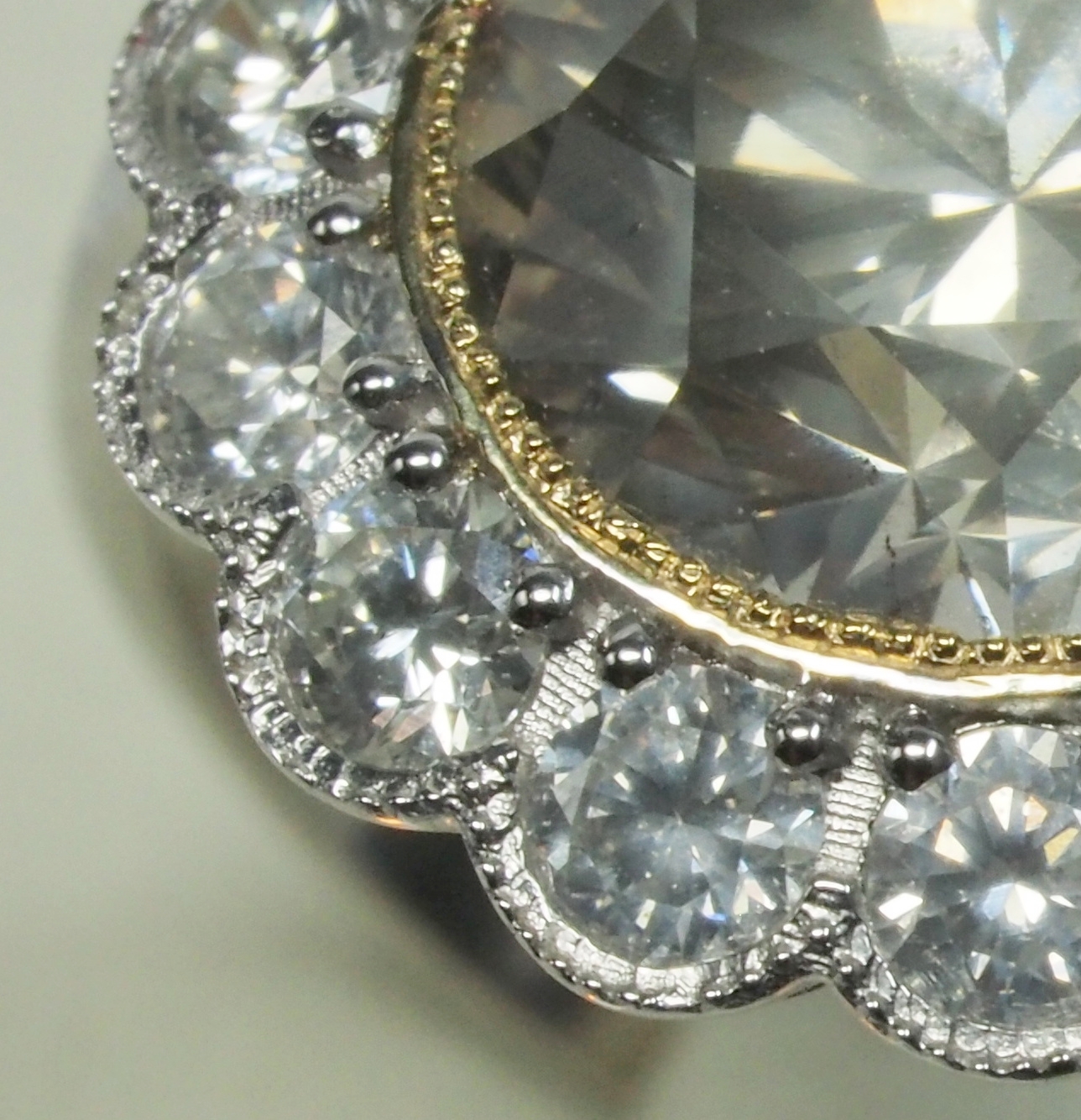Cast Jewellery: Tips for jewellery buyers
/The word ‘cast’ evokes cynicism within the jewellery trade and is traditionally associated with low-end mass-produced product. So you might be surprised to learn this centuries-old technique is practised by luxury high-end brands including Tiffany & Co and Van Cleef & Arpels. Megan Austin explains.
Today, jewellery is cast using one of two techniques: traditional lost-wax casting where a mold maker creates a custom wax model; or CAD (Computer Aided Design) – CAM (Computer Aided Manufacturing). The latter technique uses computer software to design a piece of jewellery. The digital files are then sent to mills, printers or growing machines where they are transformed from data to a 3-D wax or resin form.
When assessing casting quality, it’s important to acknowledge that there are different levels in the market each offering different qualities of cast jewellery. The adage of ‘you get what you pay for’ is generally true in this sense. High end cast jewellery should have barely visible solder joins, no porosity (minute surface holes), securely set gemstones, a superior mirror-like finish and evenly applied rhodium plating. The middle of the market covers the widest range of quality in various price points and should still display many of these factors although not quite to such a high standard. Budget construction typical of the lower end of the market is manufactured to suit lower price points. eg. $100, $250, $500 etc. At this level of the market, the items are very lightweight, hollowed out and generally hold small gems of lower quality.
Factors to consider when assessing cast jewellery include the quality, suitability and complexity of the design, the skill of the mold maker and the expertise of the technician used to assemble, polish and plate the final product. To emery and polish metal, different grades of abrasive compounds are used in a multi-step process. Very fine scratches are gradually removed, leaving a smooth, mirror-like surface. The area inside a prong or bezel setting is often overlooked during pre-finishing and polishing so it’s important to carry out a full inspection. Although these areas take time to finish properly, it will add value to the piece and make it more attractive to the eye.
Casting Fails
Although there’s a significant difference in price between luxury high end cast jewellery and mass-produced cast jewellery, the perception that the former is always superior to the latter is outdated and incorrect. Each item should be judged individually. Make sure you examine the underside of the item and all the ‘nooks and cranny’s’ as it’s these areas that are traditionally overlooked in cheaper quality finishing.
Photo 1 shows a poorly finished ring from a high-end Danish brand. Distracting growth lines from the CAD/CAM process have been left unchecked, resulting in a substandard product.
Photo 2 shows a mid-range ring with distinct growth lines resulting from CAD/CAM.
Photo 3 shows distracting lumpy mold marks on the underside of a traditionally cast ring.



Careful examination of cast jewellery will help you make an informed decision at the time of purchase.
To have your cast jewellery valued contact Megan Austin Valuations on (07) 3210 1975

